A sanctuary of serenity and spiritual grandeur, reflecting centuries of devotion and splendor in every golden detail.
Embark on a mesmerizing journey to the Shwedagon Pagoda, where spirituality meets architectural marvel in Yangon’s heart.
Imagine a place where the sacred and the splendid come together, enveloped in gold and steeped in stories of enlightenment and tradition.


Open daily, sunrise to sunset
Visitors are requested to dress conservatively, covering shoulders and knees. Shoes must be removed before entering the pagoda area.
The cooler months from November to February offer a comfortable climate for exploration. The pagoda is particularly enchanting during the full moon of Tabaung (March) and Kason (May), when religious festivities fill the air.
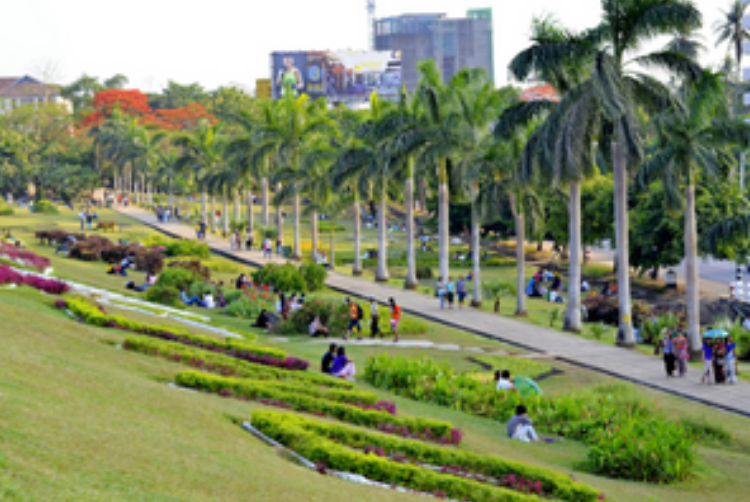
Stroll through expansive gardens, enjoy peaceful lake views, and relax in nature’s embrace.
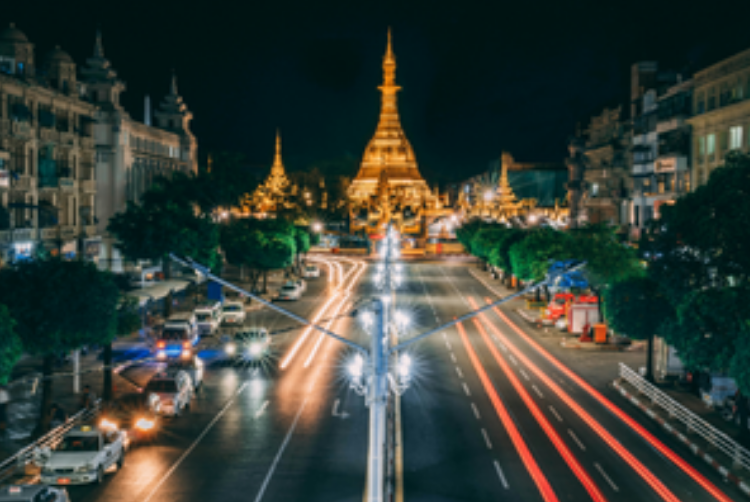
Discover this ancient religious site at the center of Yangon, a beacon of spirituality and history.

Experience the vibrant life of the city, from colonial architecture to bustling street markets.
Over 140 years in the making, and still not complete.
Designed by the legendary Antoni Gaudí, blending Gothic and Art Nouveau forms.
Structures mimic trees and natural light filters through like a forest canopy.

Each façade tells a different biblical story, inviting reflection and awe.
Envisioned as a spiritual beacon in the bustling city, welcoming millions from around the globe.
Capture the essence of faith, creativity, and community as you wander through the Sagrada Família, where every stone is a verse and every window a hymn.





Legend has it that the Shwedagon Pagoda was built over 2,500 years ago to house eight strands of hair from the Buddha, given to two Burmese merchant brothers who met the Buddha during his lifetime.
This divine encounter turned into a monumental event when the hair relics were enshrined, leading to the construction of the pagoda.
It's said that these relics possess extraordinary powers, contributing to the site's sanctity and drawing pilgrims worldwide, eager to experience the spiritual aura that these sacred hairs imbue within the golden stupa.

The Shwedagon Pagoda has withstood the test of time, surviving earthquakes, invasions, and natural disasters over centuries. Its resilience is seen as a testament to the devotion and faith of the people who continuously restore and preserve this beacon of spirituality.
Notably, in the 1768 earthquake, the top of the stupa was damaged, but the community's swift response to rebuild it taller and grander than before symbolized the unbreakable spirit of the Burmese people and their unwavering faith.

Throughout Myanmar's turbulent history, the Shwedagon Pagoda has served as a rallying point for peaceful protests and movements for democracy.
It stands as a symbol of hope and unity, drawing people from all walks of life to stand together in times of political unrest.
The pagoda's grounds have witnessed silent vigils, prayer meetings, and speeches by notable leaders advocating for peace and justice, highlighting its role not just as a religious site but as a pivotal stage for social and political change.
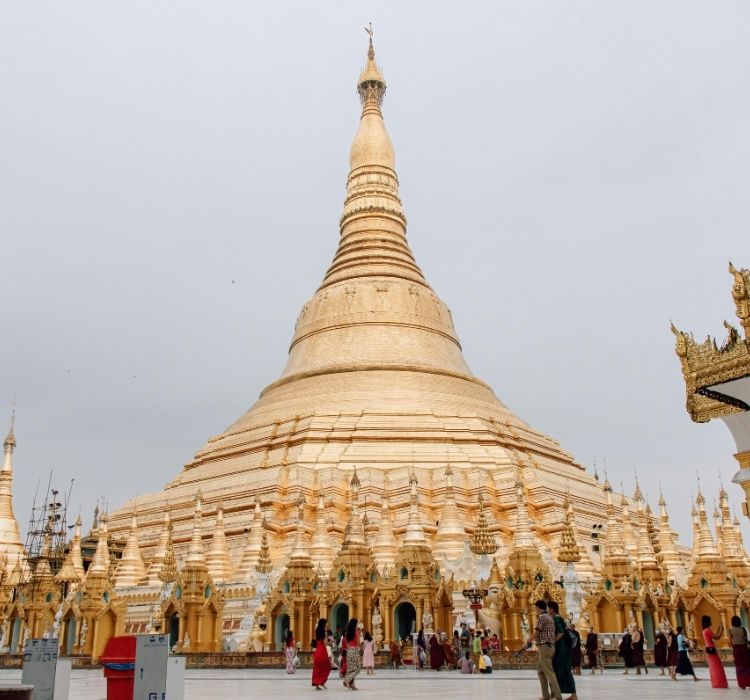
There are whispers of ancient, secret tunnels beneath the Shwedagon Pagoda, believed to connect it to other significant sites in Yangon and beyond.
These rumored tunnels, steeped in mystery, are said to have served various purposes, from sacred processions to escape routes during invasions. While their existence remains unconfirmed, the tales add a layer of intrigue to the pagoda's rich history, inviting imagination about the hidden aspects of this sacred site.
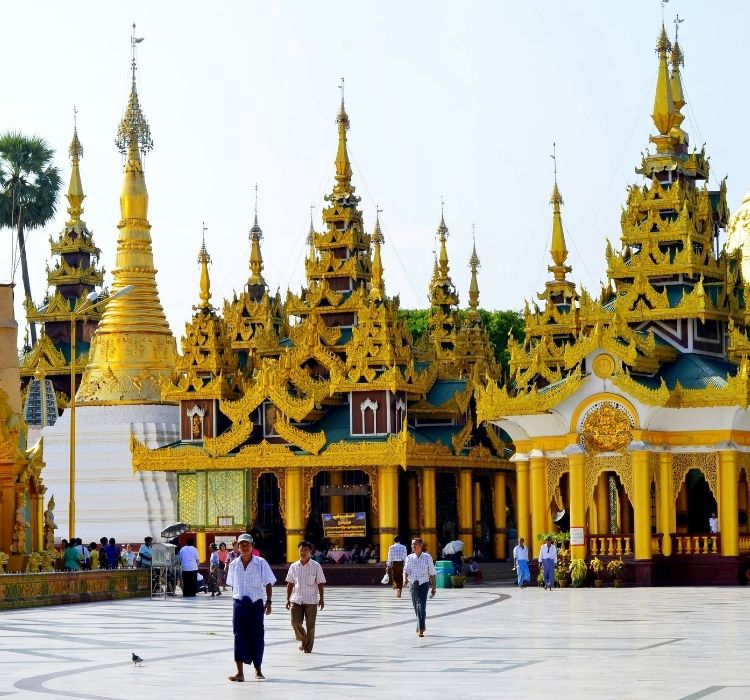
The hti, a ceremonial umbrella that crowns the Shwedagon Pagoda, is a marvel of craftsmanship and symbolism.
Adorned with thousands of precious gems and gold, it represents the pinnacle of spiritual achievement and divine protection.
The ritual of hoisting the hti atop the stupa is a significant event, attended by throngs of devotees and broadcasted across the nation, symbolizing the renewal of faith and the communal spirit of the Burmese people.

One of the most enchanting sights at the Shwedagon Pagoda is the festival of lights, celebrated during the full moon of Tazaungmon, marking the end of the rainy season.
The entire complex is illuminated with candles, oil lamps, and decorative lights, creating a mesmerizing glow that envelops the stupa.
This breathtaking display is not just a feast for the eyes but a profound communal offering of light to the Buddha, symbolizing enlightenment and the dispelling of darkness.
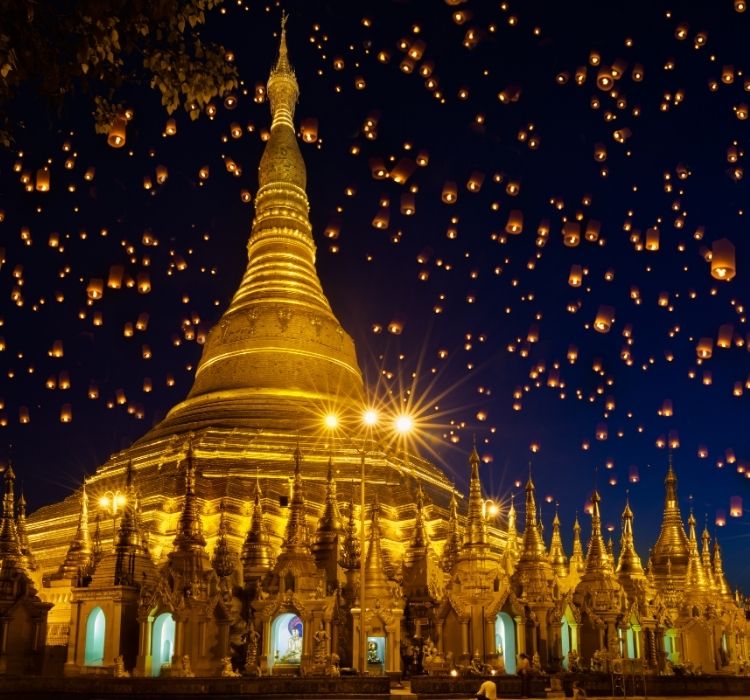
The Shwedagon Pagoda is home to a giant bell, known as the Singu Min Bell, with a history as tumultuous as the land itself. Cast in the 1770s, it has survived theft attempts and earthquakes.
Legend has it that during one such attempt, the bell was dropped into the river, only to be miraculously retrieved, a testament to its sacredness and the protective aura of the pagoda.
Today, the bell stands as a symbol of resilience, echoing the enduring spirit of the Shwedagon Pagoda and its people.
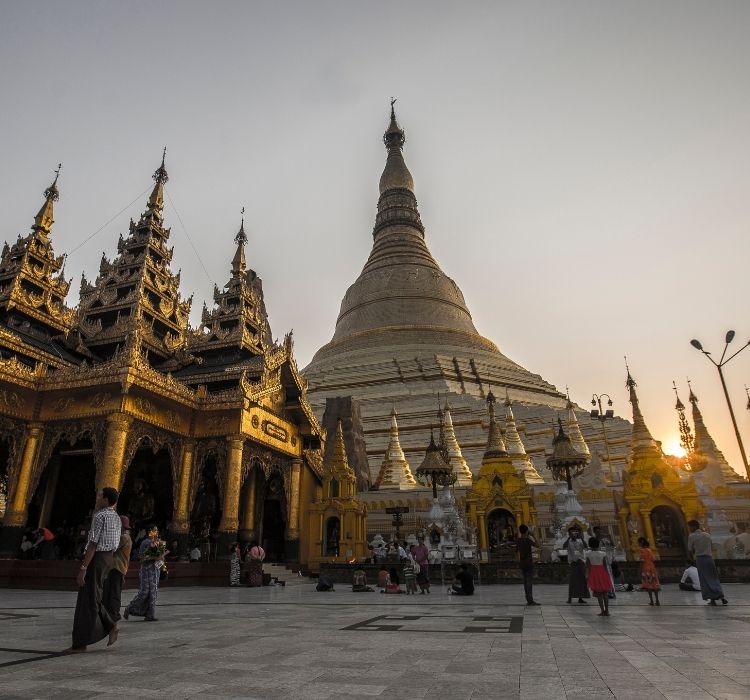
Guarding the four cardinal directions of the Shwedagon Pagoda are majestic chinthe statues, mythical lion-like creatures that serve as protectors of the sacred grounds.
These imposing figures are not just architectural elements but are imbued with deep spiritual significance, representing the guardianship over the Buddha's teachings.
Their fierce yet serene countenances remind visitors of the strength and grace of the dharma, standing vigil over the tranquility and sanctity of this spiritual haven.
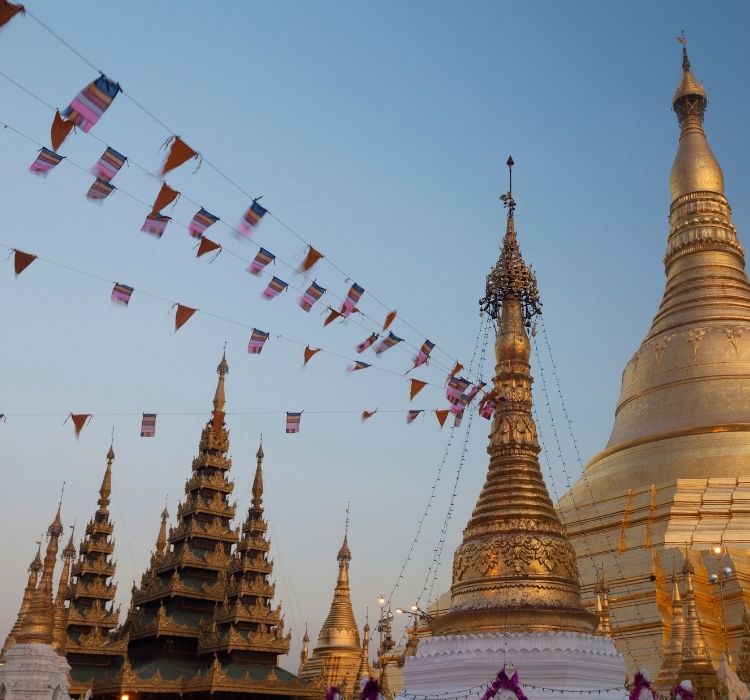
According to legend, the Shwedagon Pagoda is founded when two merchant brothers, Tapussa and Bhallika, meet the Buddha and receive eight of his hairs to enshrine in Burma, leading to the construction of the original stupa.

Historical records suggest the Pagoda was rebuilt to a height of 18 meters by the Mon people, marking an era of significant reconstruction and spiritual renaissance.
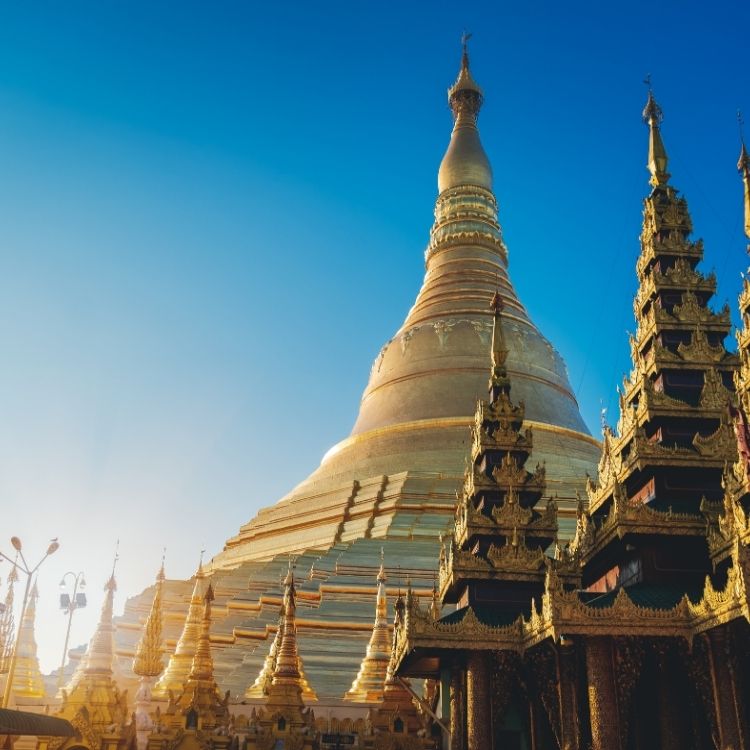
Historical records suggest the Pagoda was rebuilt to a height of 18 meters by the Mon people, marking an era of significant reconstruction and spiritual renaissance.

Queen Shin Sawbu of the Mon Kingdom donates her weight in gold to the Pagoda, initiating a tradition of gilding the stupa, which significantly enhances its splendor and significance as a religious monument.

The Shwedagon Pagoda becomes a pivotal center for religious and political gatherings, solidifying its status as a beacon of cultural and spiritual identity in Burma.

The Shwedagon Pagoda becomes a pivotal center for religious and political gatherings, solidifying its status as a beacon of cultural and spiritual identity in Burma.

A major earthquake causes significant damage to the Pagoda, prompting a nationwide effort led by King Hsinbyushin to restore and elevate the stupa to its current height of 99 meters, symbolizing the resilience and unity of the Burmese people.

The British Empire takes control of lower Burma after the Second Anglo-Burmese War, and the Shwedagon Pagoda comes under British administration, marking a period of colonial influence on the site.
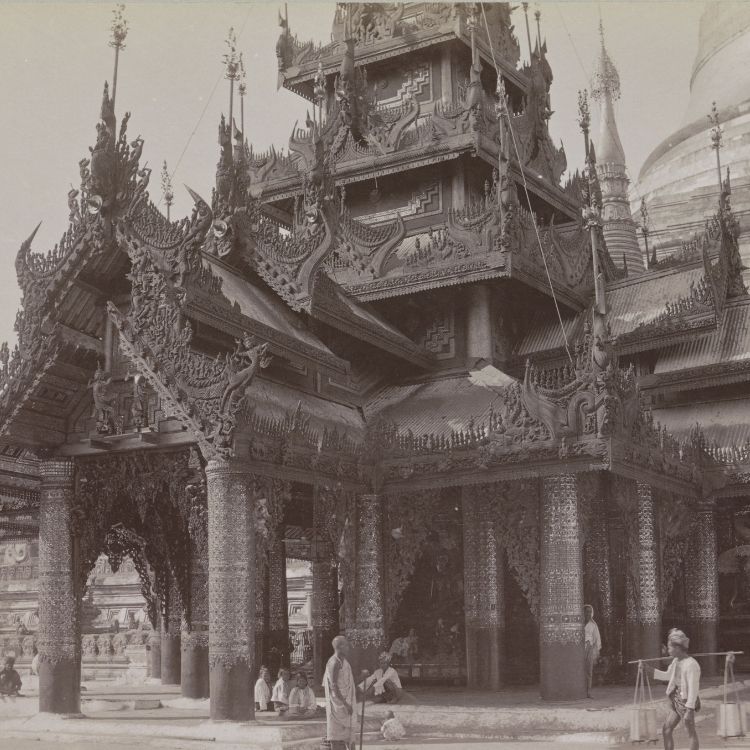
The British Empire takes control of lower Burma after the Second Anglo-Burmese War, and the Shwedagon Pagoda comes under British administration, marking a period of colonial influence on the site.

The Pagoda serves as a focal point for the Burmese independence movement, with student protests igniting a nationwide call for liberation from British rule, highlighting its role as a symbol of national identity and resistance.
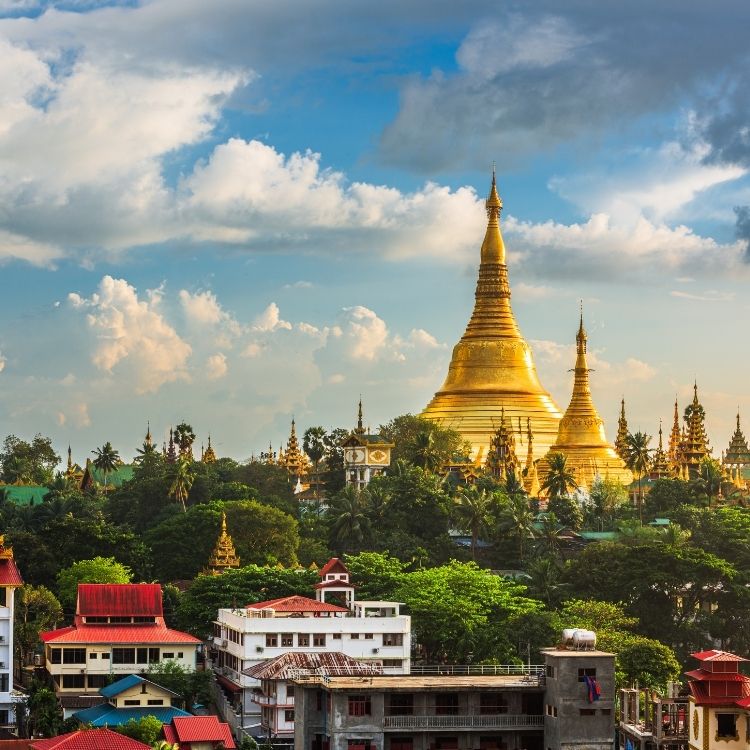
Following Burma’s independence from British rule, the Shwedagon Pagoda undergoes restoration and enhancements to celebrate the nation’s newfound sovereignty and the pagoda’s central role in Burmese spiritual life.

Following Burma’s independence from British rule, the Shwedagon Pagoda undergoes restoration and enhancements to celebrate the nation’s newfound sovereignty and the pagoda’s central role in Burmese spiritual life.

The Pagoda’s platform is enlarged, and the hti (umbrella crown) is regilded, funded by public donations, reflecting the community’s ongoing devotion and contributions to the preservation of this sacred site.
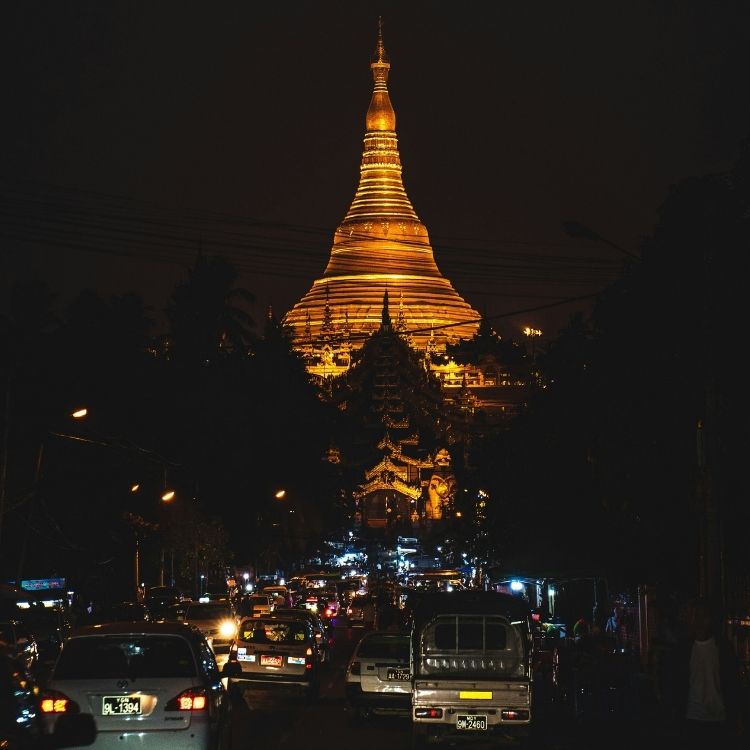
The Shwedagon Pagoda becomes a site of peaceful pro-democracy protests, with thousands gathering to call for an end to military rule, reinforcing its position as a ground for peace and political expression.

The Shwedagon Pagoda becomes a site of peaceful pro-democracy protests, with thousands gathering to call for an end to military rule, reinforcing its position as a ground for peace and political expression.

A significant renovation project is undertaken to repair and refurbish the gold plates and diamonds that adorn the stupa, ensuring the Pagoda’s legacy for future generations, funded by donations from devotees worldwide.

The Shwedagon Pagoda stands as a revered site for pilgrims and visitors from around the globe, symbolizing Myanmar’s rich Buddhist heritage and enduring spiritual traditions, amidst the modern landscape of Yangon.
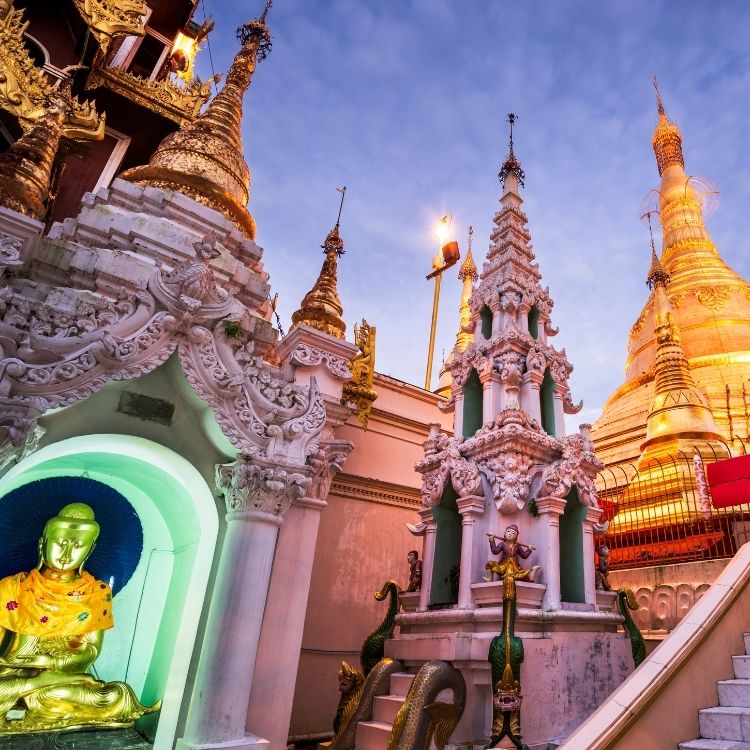
The Shwedagon Pagoda stands as a revered site for pilgrims and visitors from around the globe, symbolizing Myanmar’s rich Buddhist heritage and enduring spiritual traditions, amidst the modern landscape of Yangon.

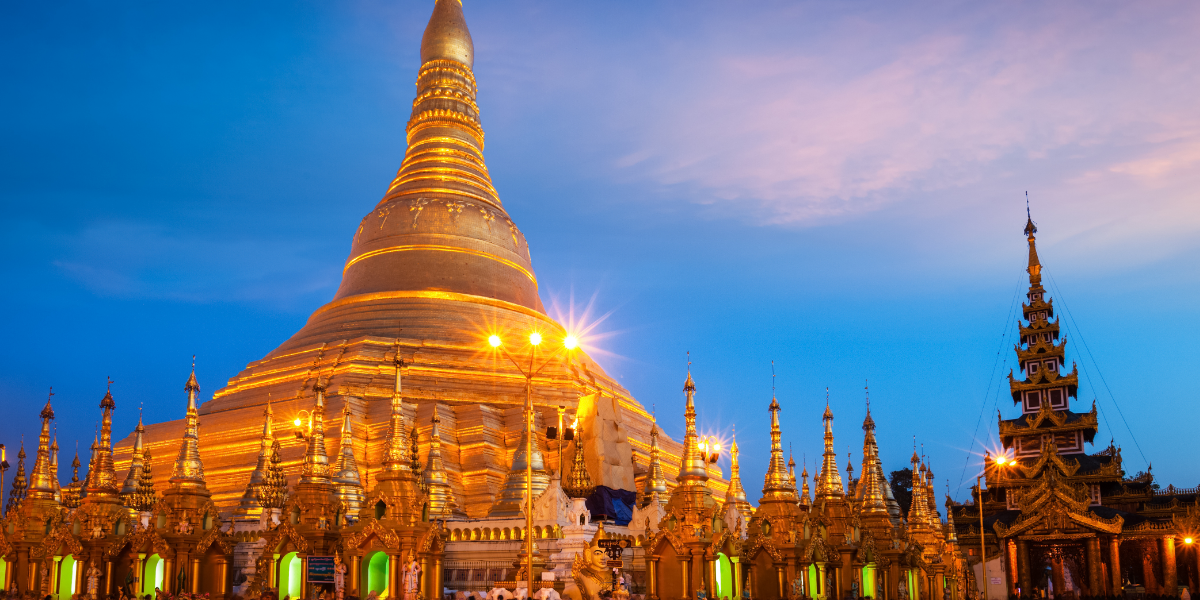
The mystical aura of the Shwedagon Pagoda is rooted in ancient legend, where it is believed that the original structure was built over 2,500 years ago to enshrine the sacred hairs of the Buddha, gifted to two merchant brothers from Myanmar.
This event marked the inception of what would become one of the most revered spiritual sites in Buddhism, encapsulating the profound connection between the divine and the devotees.
The act of enshrining the Buddha’s relics laid the foundation for a sanctuary that would endure centuries, evolving with each generation to embody the unwavering faith of the Burmese people.

Throughout its storied history, the Shwedagon Pagoda has been embellished and preserved by the patronage of monarchs, each contributing to its grandeur.
Notably, Queen Binnya Thau in the 15th century, after ensuring victory in battle with the aid of the Pagoda’s sacred relics, greatly enhanced the temple, solidifying its status as a symbol of hope and divine intervention.
Such acts of devotion by royalty infused the Pagoda with not only material wealth but also a deep spiritual reverence, making it a focal point of Myanmar’s cultural and religious identity.
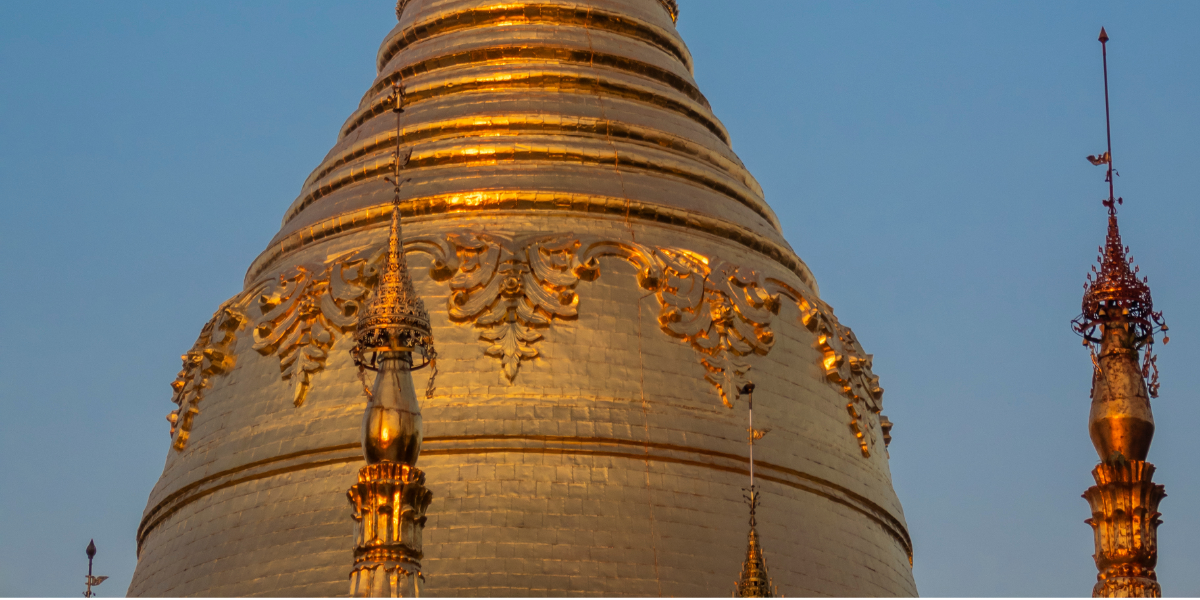
The advent of British colonization brought about significant changes, with the Shwedagon Pagoda becoming a symbol of resistance and national pride.
During this tumultuous period, the Pagoda served as a sanctuary for those seeking solace and strength in their cultural heritage amidst the challenges of foreign rule.
The resilience of the Pagoda and its devotees during this time underscored its enduring significance in the hearts of the Burmese people, further entrenching its status as an immutable symbol of Myanmar’s spiritual and national identity.
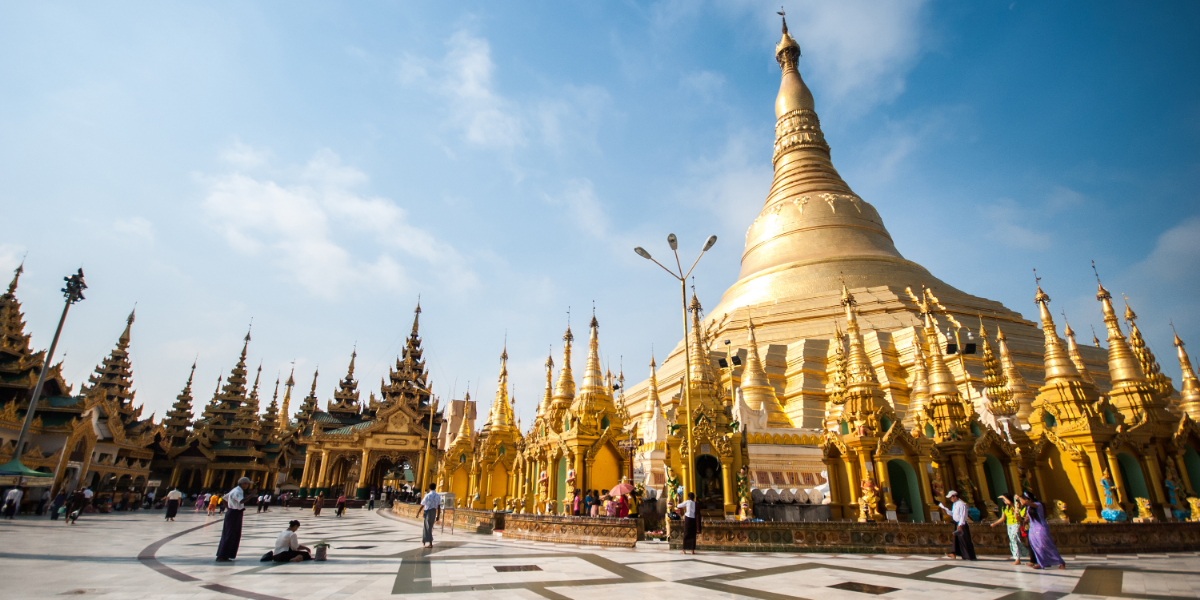
Over the centuries, the Shwedagon Pagoda has been a canvas for artistic and architectural innovation, reflecting the changing times and enduring beliefs.
The temple’s structure and the surrounding complex have been adorned with intricate art, gold leaf, and jewels, contributed by devotees as expressions of faith.
Each element, from the towering stupa to the elaborate pavilions, tells a story of devotion, artistry, and the collective spirit of the people, making the Pagoda a living museum of Myanmar’s Buddhist art and architecture.
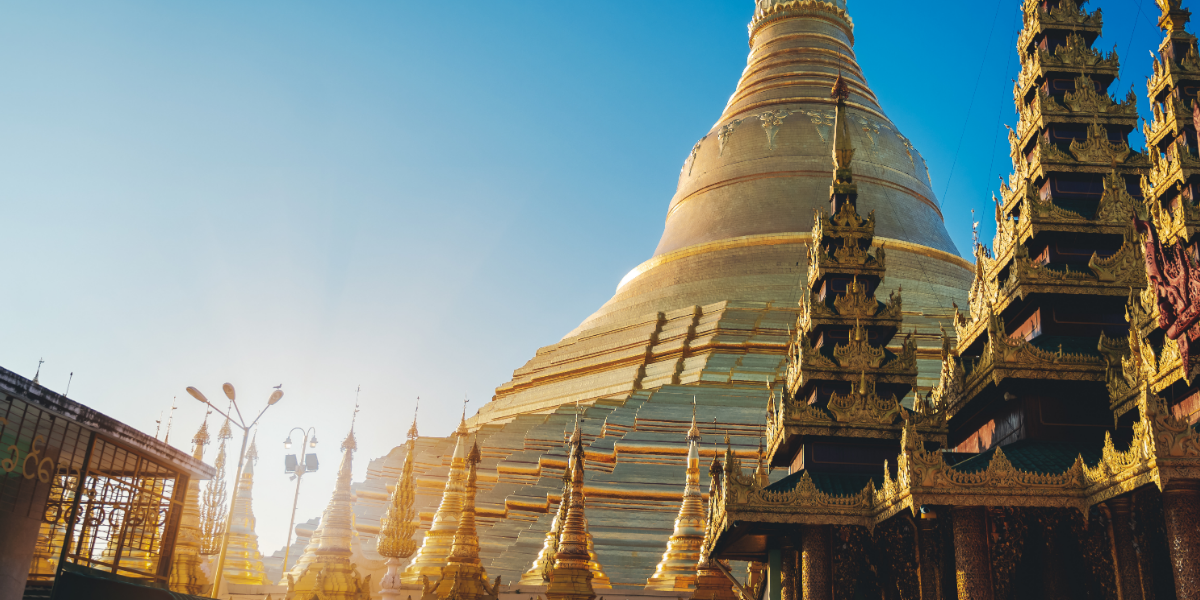
The Shwedagon Pagoda is the epicenter of numerous Buddhist rituals and ceremonies, each imbued with deep spiritual significance.
From the daily offerings of water and flowers to the grand annual festivals that draw thousands, these ceremonies reflect the continuous thread of devotion that has woven through generations.
The Pagoda’s ability to bring together the diverse tapestry of Myanmar’s society for moments of shared spirituality is a testament to its central role in the cultural and religious fabric of the country.
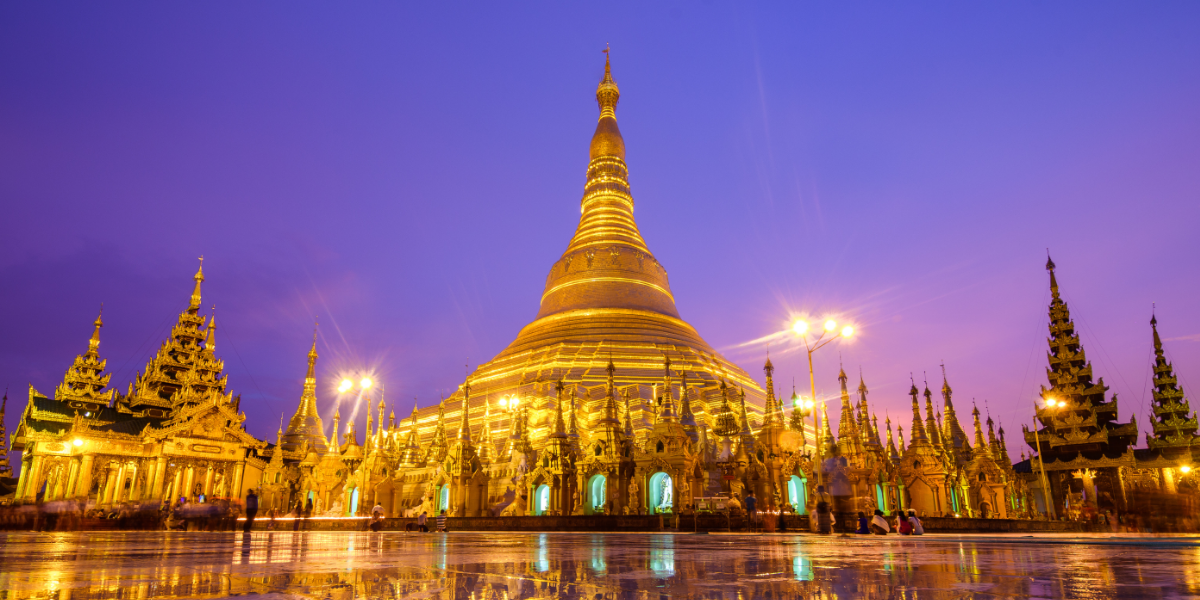
The Shwedagon Pagoda’s integration with its natural surroundings speaks to the Buddhist principle of harmony with nature.
Set against the backdrop of lush gardens and reflecting the beauty of the sky at sunrise and sunset, the temple stands as a serene beacon of tranquility.
This harmonious blend of spirituality and nature offers a sanctuary not only for prayer and meditation but also for those seeking a moment of peace amidst the bustling cityscape of Yangon.

Beyond its tangible history, the Shwedagon Pagoda is a repository of myths and legends that capture the imagination.
Stories of mystical beings, hidden treasures, and miraculous events associated with the Pagoda have been passed down through generations, enriching the cultural lore of Myanmar.
These legends, intertwined with the historical and spiritual significance of the Pagoda, create a rich tapestry that attracts not only the devout but also those captivated by the mystique of ancient traditions.
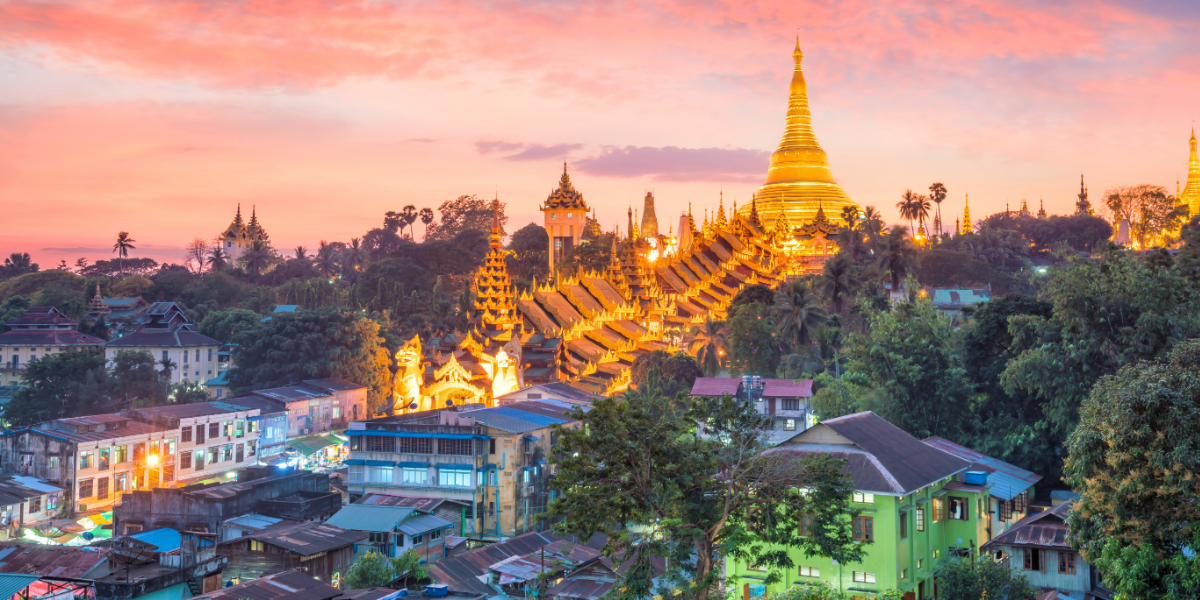
As Myanmar navigates the complexities of the modern world, the Shwedagon Pagoda remains a steadfast symbol of the nation’s enduring faith and heritage.
It continues to inspire and unite people from all walks of life, serving as a reminder of the timeless values and spiritual depth that have shaped the country’s past and will continue to guide its future.
The Pagoda’s history, marked by resilience, devotion, and community, stands as a beacon of hope and a testament to the enduring spirit of the Burmese people.
Contact Us
Copyright © 2025 Temples.org. All rights reserved.